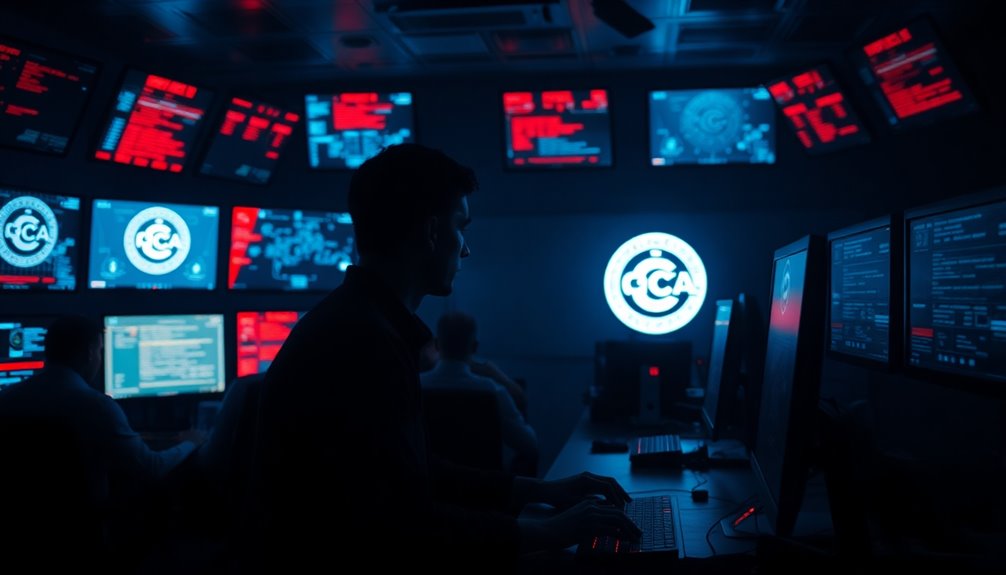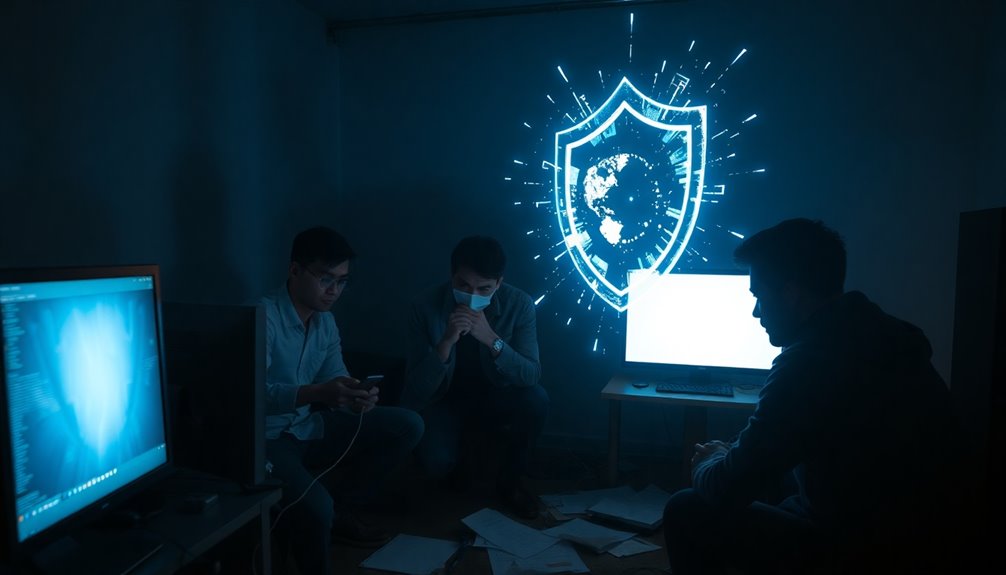
As cyber threats evolve, the U.S. cybersecurity landscape faces unprecedented risks that demand immediate attention. Recent turmoil within the Cybersecurity and Infrastructure Security Agency (CISA) regarding its red team has raised alarms about the nation’s preparedness against increasingly sophisticated cyber attacks. With ransomware threats targeting critical infrastructure and financial institutions, the need for robust defensive strategies has never been more pressing.
Imagine the implications of AI-driven attacks, where cybercriminals employ advanced algorithms to enhance their methods, making them harder to detect. You might think about how this could affect your own organization, especially when 60% of IT experts cite AI-enhanced malware as a significant concern.
Additionally, deepfake technology complicates matters further as it becomes a tool for social engineering, enabling attackers to manipulate situations and people with alarming realism.
Nation-state actors, particularly from countries like China and Russia, continuously pose threats through espionage and disruption. These adversaries leverage advanced techniques to infiltrate U.S. systems, making it imperative for organizations to stay vigilant.
With the rise of IoT devices, the attack surface expands, exposing vulnerabilities that can be exploited. You need to consider that ensuring the security of these connected devices is crucial to safeguarding your networks.
The recent changes in CISA‘s red team structure, including contract terminations, create additional uncertainty. While CISA claims these changes are for efficiency, you can’t help but wonder how this might impact the effectiveness of their simulations in identifying vulnerabilities.
The community’s reaction to funding cuts in election security initiatives further underscores the potential ramifications for cybersecurity preparedness.
As you think about the future, consider the potential consequences of failing to address these challenges. Malware evolution, business email compromise, and DDoS attacks will continue to threaten organizations unless proactive measures are taken.
Moreover, supply chain risks could become more pronounced as attackers target third-party vendors to gain access to larger networks.
In this rapidly changing landscape, the intersection of emerging technologies and cyber threats emphasizes the necessity for continuous innovation. With quantum computing on the horizon, the risks to current encryption methods are real, necessitating the development of quantum-resistant solutions.
As you navigate this complex environment, remember that the best defense combines vigilance, awareness, and adaptive strategies to counteract the ever-evolving threats.







